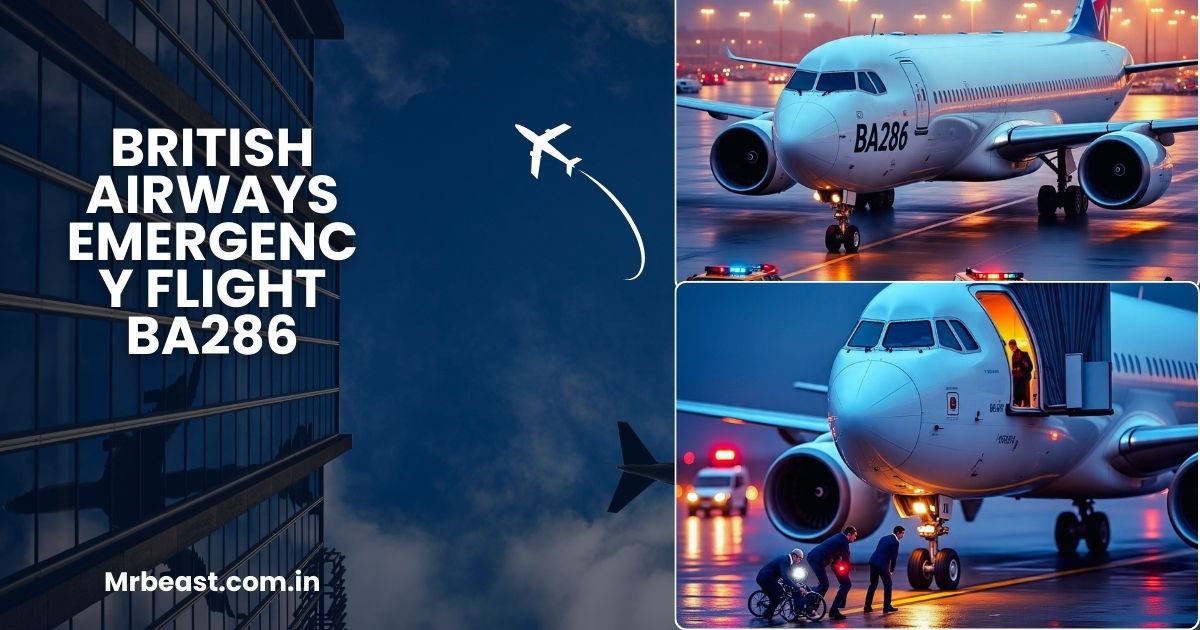Introduction
Delta Flight DL275, a transpacific service, faced an unexpected but well-managed detour today. Originally scheduled to continue its journey, the aircraft safely diverted to Los Angeles International Airport (LAX) due to a technical issue. This decision showcased the airline’s priority: safety above all. This article explores the chain of events, the rationale behind choosing LAX, the impact on passengers, and the broader context of flight diversions within the aviation industry.
For a concise overview or deeper background, check out Delta Flight DL275 diverted LAX today.
Why the Diversion Happened
During the flight, the crew detected a malfunction in the aircraft’s anti-ice system—critical for preventing ice buildup on engine inlets and vital components at high altitudes. Continuing without proper anti-icing posed risks to engine performance and flight safety. As a precaution, the crew elected to divert to the nearest suitable airport rather than proceed over remote Pacific airspace.
Why LAX Was Chosen
Flight diversions over international routes are carefully planned, and airports are chosen based on infrastructure, support capabilities, and proximity. In this case, Los Angeles International Airport (LAX) was the optimal choice because of several factors:
- LAX is a well-established Delta hub with 24/7 access to technical teams, maintenance hangars, and spare parts.
- It features wide runways capable of accommodating heavy, widebody aircraft like the one used for DL275.
- Delta maintains significant operational presence at LAX, including crews certified for the Airbus A350—common on transpacific routes.
- Passengers benefit from seamless transfer options, hotels, and support services—all vital in unplanned stops.
The Diversion Unfolds
The flight began as usual, preceded by a smooth departure. Passengers were settling in when the crew announced the diversion. Crew members delivered this news calmly and professionally, reinforcing that the decision prioritized everyone’s safety.
Aboard, the mood shifted from confusion to collective understanding. Crew members explained the situation clearly, stating the plane would land early for technical resolution. This move reassured passengers, reducing tension despite the disruption.
The Final Approach and Landing at LAX
Upon landing safely at LAX, the aircraft was met by ground teams ready to assess the technical issue. The plane remained grounded while maintenance crews examined the anti-ice system and conducted necessary repairs.
Meanwhile, Delta personnel coordinated with passengers—providing hotel accommodations, meals, and rebooking assistance through mobile alerts or airport kiosks. For an international flight, such support is critical. Despite the unexpected halt, passengers remained calm thanks to efficient communication and operational readiness.
Passenger Experience and Aftercare
Once on the ground, the airline acted swiftly to minimize the disruption:
- Rebooking tools were activated, often before passengers deplaned, enabling smooth connections or replacement flights.
- For longer delays, eligible travelers received vouchers for hotels and meals.
- The cabin crew stayed available to answer questions and help manage emotions during the wait.
This structured care—rooted in established airline protocols—transformed what could have been a chaotic experience into a manageable interruption.
Technical Rationale: Anti-Ice Systems in Aviation
Anti-ice systems are aviation essentials, particularly during transoceanic flights where altitude-related icing can pose real hazards. Engines ingesting ice can suffer from reduced performance, inaccurate sensor readings, or even flameout.
Diverting to an airport like LAX allows for safer resolution:
- The aircraft lands sooner, reducing risk of degradation in flight.
- Maintenance teams can replace or repair components efficiently.
- The diversion distance is manageable within fuel reserves.
Broader Picture: Flight Diversions in Context
Diversions, especially over oceanic routes, are not unusual. Airlines train extensively for such scenarios under ETOPS (Extended-range Twin-engine Operational Performance Standards), ensuring aircraft remain within a safe distance of alternate landing options.
Key reasons for diversions include:
- Mechanical issues (like this incident)
- Medical emergencies onboard
- Cabin pressure faults or alarm triggers
- Weather complications ahead
In each case, safety dictates the action, regardless of inconvenience.
Decision Chain: Safety and Logistics
Several criteria come into play when deciding to divert:
- Safety Concerns First: Any system irregularity triggers evaluation.
- Proximity to Alternate Airfields: Distance to a suitable airport is critical.
- Infrastructure Readiness: Maintenance availability, runway dimensions, and crew certification matter.
- Passenger Support Systems: LAX’s infrastructure supports diverted passengers with lounges, hospitality services, and transfers.
These operational layers are part of robust aviation protocols designed to protect lives.
Impact on Operations and Costs
Though critical, diversions carry cost implications:
- Additional fuel consumption and rerouting expenses
- Ground handling fees at unscheduled airports
- Passenger compensation for delays or accommodations
- Technical repair costs
Despite the financial impact, these are accepted as necessary trade-offs for safety.
What Passengers Learned
Passengers experienced firsthand the importance of:
- Staying calm and trusting the crew’s judgment
- Following instructions and remaining updated via airline apps
- Preparing for unexpected layovers—carry essential items in your carry-on
- Utilizing airline-provided rebooking aids efficiently
Through this event, the travelers saw how airlines blend logistics, care, and safety under pressure.
Significance of Proper Crew and Infrastructure
The success of this diversion speaks not just to protocols but also to preparedness:
- Crew training for calmly delivering difficult news
- Ground teams ready to manage medical or mechanical contingencies
- Strong operational networks in major hubs like LAX
Together, they highlight the layered safety net of modern aviation.
Reflection on Airline Safety Culture
Delta Flight DL275’s diversion underscores the strength of aviation’s safety culture:
- Proactive Measures: Monitoring systems catch faults before they escalate.
- Trained Response: Flight crews and operations centers coordinate swiftly.
- Passenger-Centered Care: Ensuring traveler welfare remains central.
- System Resilience: Diversion points like LAX stand ready at all hours.
This incident shows not only that diversions are effectively managed but also that they reveal our industry’s preparedness.
Looking Ahead: Aviation and Diversion Trends
Future developments in aviation—like predictive maintenance, AI-assisted diagnostics, and real-time telemedicine—will make diversions even more efficient. However, the core remains unchanged: ensuring safety first while managing disruption with humanity and clarity.
Conclusion
Delta Flight DL275’s diversion to LAX today was a textbook example of flight safety protocol at work. A technical obstruction was handled not with alarm but with calculated decisions, grounded planning, and empathetic passenger care. The flight landed safely in Los Angeles, passengers were taken care of, and the bigger journey continued—reminding us that in aviation, preparedness and safety are inseparable.
For background reading or concise context, this covers all you need—but remember, when a flight diverts, it’s the system protecting you.










